
The evolution of buying clothes online has emerged as a game-changer. This revolution in retail offers the ease and convenience of shopping from anywhere and at any time and opens up a world where a vast array of clothing and accessories are just a click away.
Today’s man, whether a busy professional, a style enthusiast, or someone in between, finds in the digital marketplace an unparalleled opportunity to explore and purchase everything from everyday essentials like t-shirts and jeans to luxury items such as tailored suits and leather goods.
Buying Clothes Online

The online shopping experience for men has evolved beyond traditional transactions. E-commerce platforms now facilitate various payment options, including direct links to checking and savings accounts, credit and debit cards, and digital wallets, all accessible through mobile apps.
This flexibility enhances efficiency and financial management for consumers, merging seamless payments with the exploration of new fashion trends, brand stories, and style discoveries, all within a comprehensive digital environment.
With tools like detailed size guides, customer reviews, and style recommendations, online shopping platforms effectively streamline the wardrobe-building process. Whether refreshing everyday basics or investing in premium items, the marketplace caters to a wide range of preferences, focusing on style, quality, and financial savvy.
Personalization & Customer Service
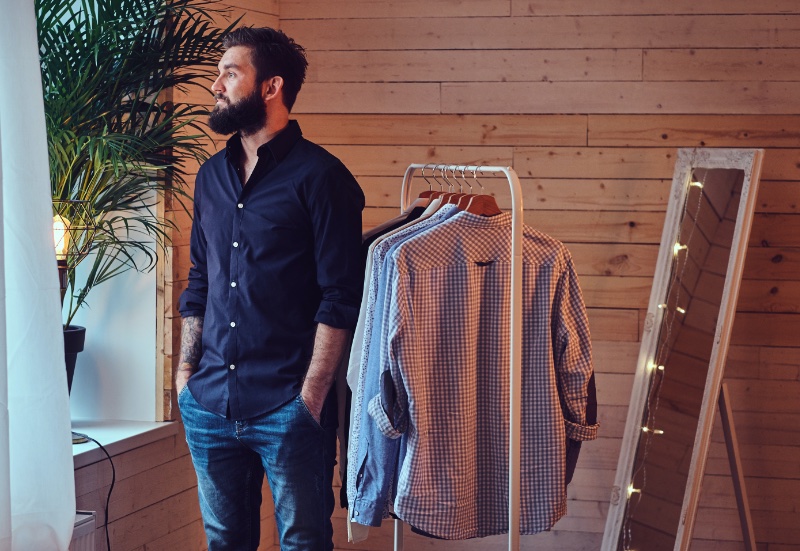
The digital era has revolutionized the men’s online shopping experience, marrying advanced technology with a deep understanding of individual preferences. E-commerce platforms have adapted to offer a personalized shopping journey, leveraging data analytics to curate fashion selections that cater to each customer’s unique style and shopping history.
This personalized approach allows men to seamlessly navigate from casual essentials like t-shirts and jeans to formal wear, including suits and jackets, finding items that perfectly align with their style.
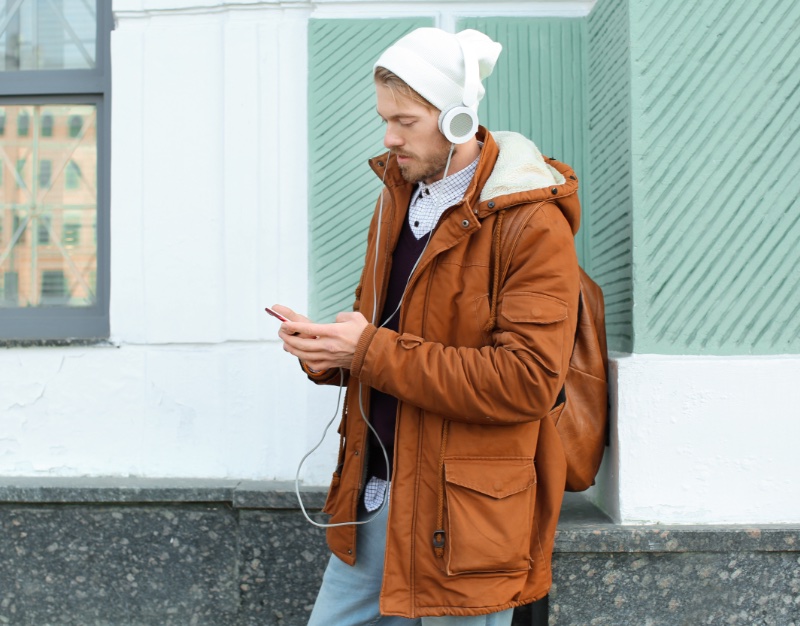
Complementing this shift is a heightened focus on customer service as a critical aspect of brand identity. Online retailers now prioritize building brand loyalty through exceptional and personalized customer service.
This strategy involves engaging with customers based on their past interactions and preferences, transforming each shopping experience into something far beyond a simple transaction.
It’s about creating a unique, effortless, and customized experience where customer service is responsive and anticipatory and reflects the brand’s commitment to understanding and meeting the customer’s needs.
Fit & Size: The Online Conundrum

One of the challenges of buying clothes online is ensuring the right fit and size. Retailers have addressed this by providing detailed size guides, augmented reality fitting rooms, and easy return policies.
These tools help customers feel more confident about their purchases, ensuring their online clothes look good and fit well.
The Role of Reviews & Recommendations
Customer reviews and recommendations are crucial in online shopping. They provide real-life insights into the quality, fit, and style of clothing, helping men make informed decisions. Many online retailers feature customer reviews prominently and use them to guide new customers in their purchasing journey.
Affluent Male Shoppers & Luxury Fashion

The landscape of online shopping has seen a significant rise in affluent male shoppers. This demographic, often characterized by a household income exceeding $100,000, has shown an increasing interest in high-end fashion items.
These shoppers are not just buying electronics and books but expanding into new areas such as luxury apparel, accessories, and jewelry. Their approach to online shopping emphasizes brand consciousness, quality, and style over price sensitivity.
This trend is supported by research highlighting the affluent male’s preference for convenience due to a busy lifestyle, leading them to purchase more online across various categories, including consumer electronics, clothing, and personal care.
Preferences & Shopping Behaviors

Affluent male shoppers exhibit specific preferences and behaviors when shopping online. They are brand-conscious but not necessarily brand-loyal, often seeking high-quality, stylish products.
While older affluent men might directly visit websites and make purchases, younger affluent shoppers tend to perform extensive research, seeking peer reviews focused on quality and brand.
They prefer websites like Amazon, Google, and eBay, which offer convenience and variety. Additionally, these shoppers are more likely to engage with video and search ads over traditional banner ads and are becoming increasingly active in sharing product reviews and engaging with brands on social media platforms.
Luxury Apparel & E-commerce
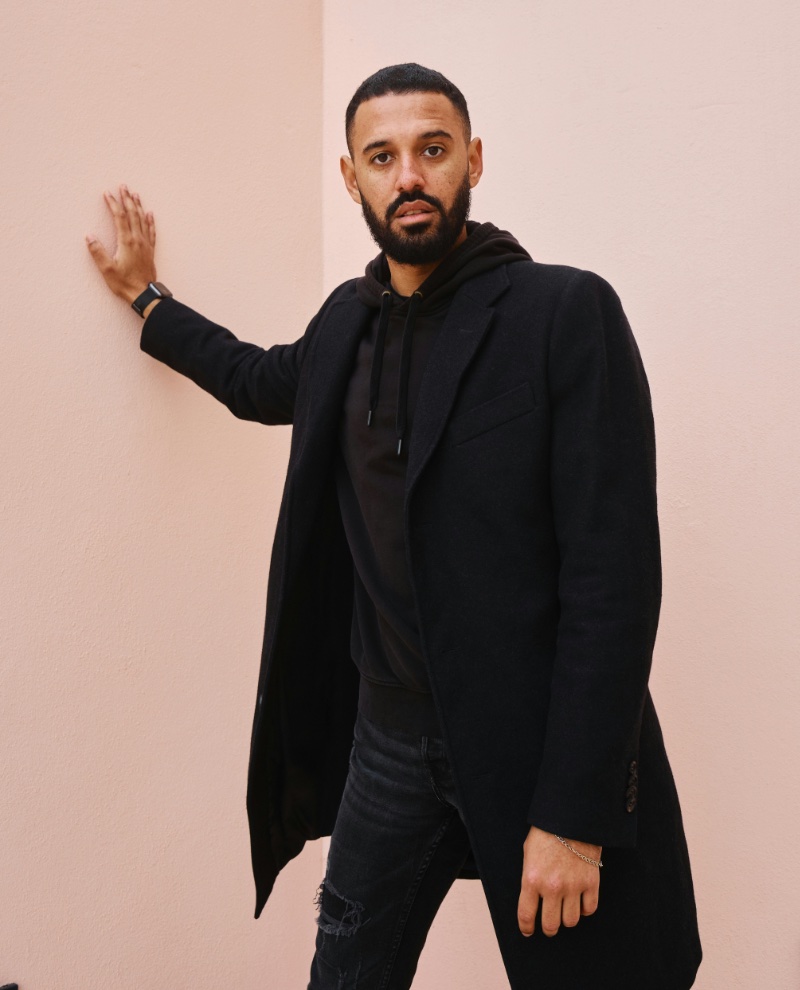
E-commerce platforms specializing in luxury goods, like Mr Porter, have successfully tapped into this market. These platforms understand that affluent male shoppers care deeply about fit and brand familiarity.
Hence, they focus on offering well-known brands and providing clear information about size and fit. This approach helps men visualize themselves in the products, simplifying decision-making.
Successful e-commerce sites catering to this demographic have learned to communicate in a way that resonates with their customers, emphasizing style over fashion and focusing on how products fit into their customers’ lifestyles, whether for work or the weekend.
Customization & Personal Shopping Experience

To further appeal to this market segment, online retailers offer more personalized shopping experiences. This includes tailored recommendations, exclusive previews of new collections, and personalized styling advice.
The aim is to create a shopping experience that feels bespoke and exclusive, resonating with the affluent male shopper’s desire for high-quality products unique to their style and needs.
Mobile-First Shopping & Voice Search Trends
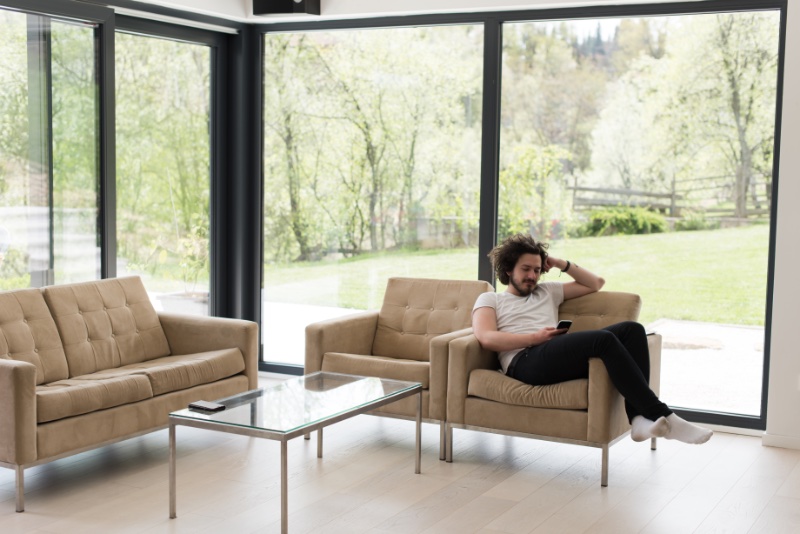
Embracing Mobile-First Shopping
The online shopping world has increasingly shifted towards a mobile-first approach. Today’s man is more likely to browse and buy clothing through his smartphone, prompting retailers to optimize their websites and apps for mobile devices.
This evolution involves creating an intuitive, seamless shopping experience that aligns with modern men’s on-the-go lifestyle. The mobile interface offers simplicity and efficiency, from scrolling through jeans and jacket selections to comparing dress shoe prices.
Additionally, features like fingerprint and facial recognition for secure logins and quick checkouts are becoming standard, making online shopping faster and more secure.
Voice Search: The New Frontier in Online Shopping

Voice search is rapidly becoming a key player in online fashion shopping. With the rise of smart speakers and virtual assistants, men use voice commands to search for items like sportswear, tracksuits, or the perfect pair of trousers.
This trend necessitates retailers to optimize their online content for voice search, focusing on how people naturally speak about products. It’s about being easily discoverable through natural language queries.
Voice search also changes how information is presented; clear and concise product descriptions are crucial to ensure compatibility with voice-activated searches.
Integrating Voice Search with Personalized Shopping
Integrating voice search into the personalized shopping experience is an exciting development. As men use voice commands to search for fashion items, AI algorithms can tailor responses based on their past shopping behavior and preferences.
This means searching for a “summer t-shirt” could bring up options that align with the user’s previous brand, size, or color choices. It creates a shopping experience that feels more intuitive and bespoke, as if the digital assistant understands not just the query but the customer’s personal style and needs.
Navigating Inflation & Value-Based Purchasing

In today’s economic climate, inflation has significantly influenced men’s online shopping behavior. With rising prices and tighter budgets, men are increasingly looking for ways to balance cost with quality.
This change has led to a more thoughtful approach to purchasing clothes online, focusing on immediate needs, long-term value, and investment in their wardrobe.
Adapting to Economic Changes
Men are finding creative ways to adapt to these economic changes while maintaining their style. One key strategy is prioritizing purchases that offer long-term value.
This means opting for clothing that is not only affordable but also durable and versatile. For instance, a high-quality jacket or a pair of well-crafted shoes might have a higher upfront cost but can last for years, offering better value over time than cheaper, less durable options.
Moreover, the focus is building a capsule wardrobe with timeless pieces that can be mixed and matched, reducing the need for frequent purchases.
Smart Shopping Techniques
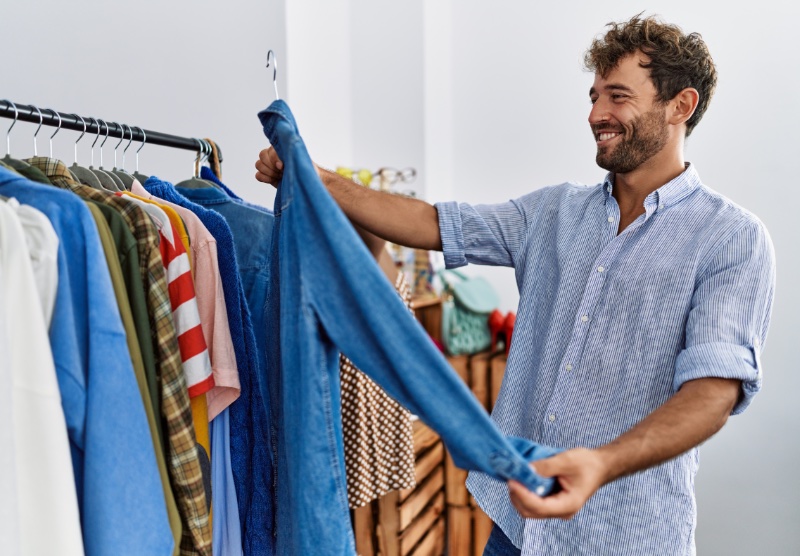
Smart shopping techniques have become essential. Men increasingly use price comparison tools, wait for sales, and take advantage of discounts and loyalty programs. Many also turn to second-hand and vintage markets as sustainable and budget-friendly alternatives.
These markets often offer high-quality products at a fraction of the original price, providing an economical way to add unique pieces to their wardrobe.
Quality Over Quantity
There’s a growing emphasis on investing in quality over quantity. Men are more conscious of the materials, craftsmanship, and sustainability of the clothes they buy.
This mindset ensures the products last longer and supports ethical and environmentally responsible practices. Brands that offer transparency about their production processes and materials are increasingly favored as they align with the values of the modern, conscientious consumer.
Customer Service & Brand Loyalty

Exceptional customer service has also become crucial in online shopping. Good customer service can decide where men shop in a market where price and quality are pivotal.
Brands that offer hassle-free returns, efficient shipping, and responsive customer support tend to cultivate stronger customer loyalty. This loyalty is precious during times of economic uncertainty, as customers prefer to stick with brands they trust to deliver value for their money.
Blending Online & Offline Shopping Experiences
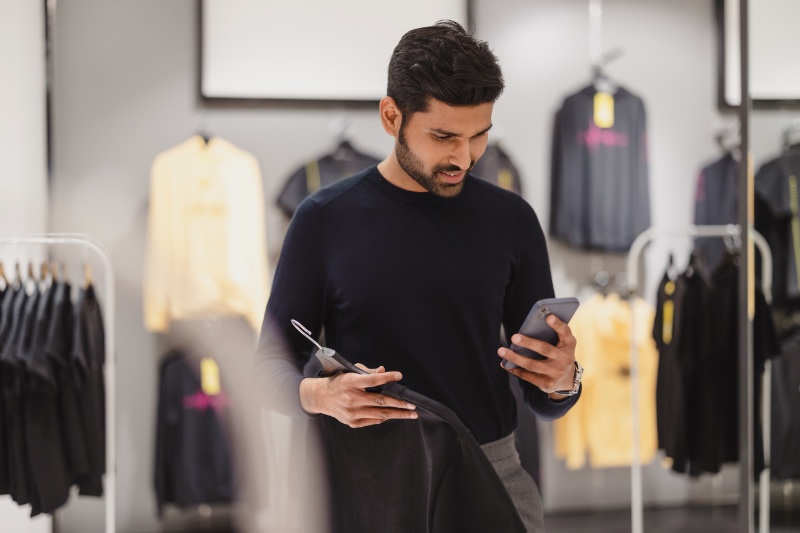
The modern shopping landscape is no longer confined to online and offline experiences. Instead, it has evolved into a blended approach that leverages the strengths of both. This change is particularly evident in two emerging trends: ROPO (Research Online, Purchase Offline) and BOPIS (Buy Online, Pick Up In-Store).
The ROPO Phenomenon
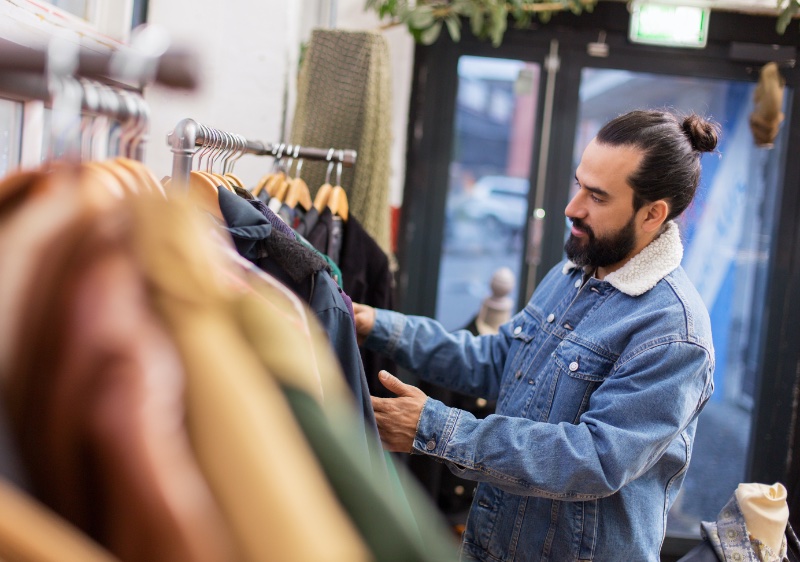
ROPO has become increasingly popular among men who prefer to research their fashion choices online before purchasing in a physical store. This trend reflects a desire for the tactile experience of shopping—feeling the fabric, trying on the clothes, and seeing the colors in person—while still benefiting from the vast online information.
Websites and apps play a crucial role in this process, offering detailed product descriptions, customer reviews, and even virtual try-on features. This thorough online research leads to more confident and satisfactory purchases when men visit brick-and-mortar stores.
The Convenience of BOPIS

BOPIS offers a perfect middle ground for men who enjoy the immediacy of in-store shopping but appreciate the convenience of online browsing. This service allows customers to browse and purchase items online and pick them up at a nearby store.
BOPIS saves shipping time and reduces the hassle of waiting for deliveries. For men who need an item quickly or want to ensure the right fit before taking an item home, BOPIS is an ideal solution.
Retailers have adapted to this trend by transforming their stores into mini distribution centers, ensuring a seamless and efficient pickup process.
Integrating Technology for a Seamless Experience
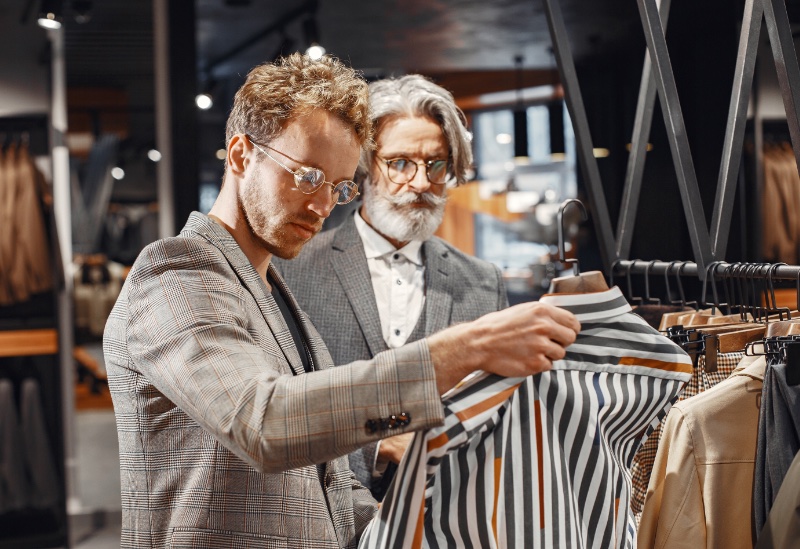
Technology is pivotal in making this blended approach possible. Retailers utilize advanced data analytics and inventory management systems to provide real-time stock information for online browsing and in-store availability.
Mobile apps with location-based services can notify customers of nearby stores where their desired items are available, further enhancing the shopping experience.
The Personal Touch in a Digital World
Despite the convenience of online shopping, the personal touch of in-store interactions remains invaluable. Sales associates who understand customer preferences and online shopping histories can offer personalized advice and suggestions, enriching the shopping experience.
The Future of Online Shopping

The online shopping landscape for men’s fashion has evolved into a personalized and convenient experience beyond no-frills transactions. Today’s digital platforms offer everything from daily wear to luxury goods with ease, enriched by detailed guides and customer reviews.
As we move forward, mobile shopping and voice search advancements are streamlining this process, adapting to changing economic realities, and shifting towards quality and sustainability. This new era in men’s fashion is about a seamless, tailored experience that aligns with the modern man’s lifestyle and values, combining digital ease with a personal touch.





